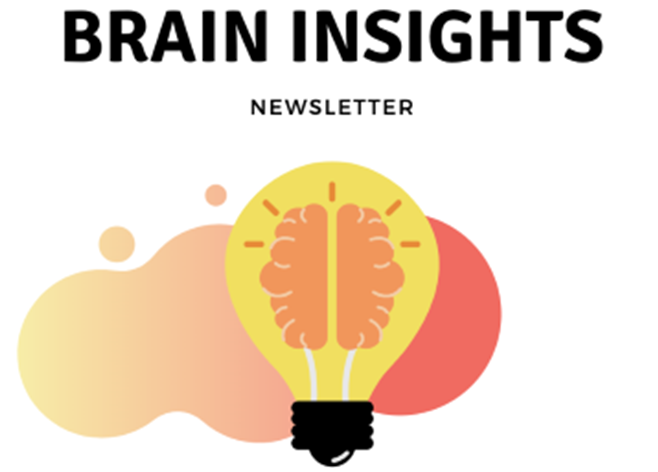1st Jun 2023
 Brain Insights is the dedicated student section published in the British Neuroscience Association (BNA) Bulletin. It represents the voice of the BNA student: written by students for students. Selected articles are reproduced here on the BNA website.
Brain Insights is the dedicated student section published in the British Neuroscience Association (BNA) Bulletin. It represents the voice of the BNA student: written by students for students. Selected articles are reproduced here on the BNA website.
In this article Manisha Halkhoree, 2nd year undergraduate Neuroscience student at Queen Mary University of London, reviews the still-unfolding history of research into synaptic plasticity.
Synaptic plasticity and navigating our surroundings
Synaptic plasticity is the process of connections within the brain changing to adapt to new information over time. It is of increasing significance in neuroscience, especially in the field of memory: how does our brain store information as memories, and make room for novel ones? Early research into synaptic plasticity was conducted by many of those now considered the pioneers of neuroscience. For instance, Terje Lomo (1966) experimented on the rabbit hippocampus with repeated, high-frequency stimulation, identifying long term potentiation (LTP), the persistent strengthening of synapses leading to enduring increases in signal transmission between neurons (1). Prior to work by Lomo, Ramon y Cajal (1911) proposed the idea that the strength of synaptic connections had to change to alter existing memories (1). Similarly, Donald O. Hebb’s model of synaptic connections changing during learning and memory (1949), and Eric Kandel’s work on Aplysia californica (sea slug) further demonstrated LTP and synaptic plasticity (1967), consolidating the process of synaptic plasticity in the brain.
One key question which is pertinent for both humans and other animals alike is how to keep track of our surroundings - how do our memories encode and store information on the places we visit so we can remember the directions for next time? Seminal work by Maguire et al. (2001) assessed whether physical changes could be “detected in the healthy brain” of London taxi drivers, given the repertoire of spatial experience required to navigate London without aid. Sixteen taxi drivers were studied with fifty controls. Using (structural) magnetic resonance imaging (MRI), it was found that taxi drivers’ posterior hippocampi were larger than that of control subjects, and the more experience the drivers had, the greater the size of their right posterior hippocampi. Such changes in tissue volume take place gradually over time, because of task-related training (2).
Recent work by Spiers et al. (2022) explored the difference in spatial navigational ability between city-dwellers and those living in rural areas. A subset of ~400,000 participants from 38 countries played a video game to test their skill in spatial navigation, with city-dwellers generally performing worse than those who grew up outside cities. More specifically, individuals were better at navigating in environments that were topologically like where they grew up. Hence, one interpretation of these results is that the place where a person grows up impacts their ability to accurately navigate new, unfamiliar environments since this is based on the synaptic connections made between existing information in the brain (3). Those who live in built-up city communities are less likely required to navigate long distances without aid, and thus cognitive demands differ versus those outside of cities, leading to a less robust development of cognitive navigational abilities. This inference is only indicative, and further work is needed to unveil the key determinants of spatial navigation ability (3). In conclusion, synaptic plasticity is the change in connections in the brain over time; interest and research in this field, especially spatial navigation, is increasing significantly.
References
- Nicoll, R. A Brief History of Long-Term Potentiation. Neuron. 2017 Jan 18; 93(2): 281-290.
- Maguire E, Gadian D, Johnsrude I, et. al. Navigation-related structural change in the hippocampi of taxi drivers. Proc Natl Sci U S A. 2000 Apr 11; 97(8): 4398–4403.
- Coutrot A, Manley E, Goodroe S., et. al. Entropy of city street networks linked to future spatial navigation ability. Nature. 2022 March 30; Nature 604: 104-110.








 Brain Insights
Brain Insights